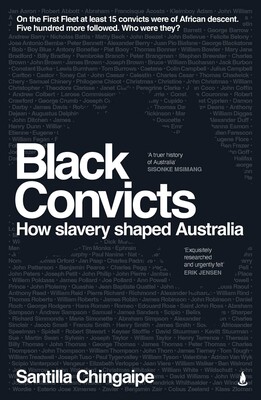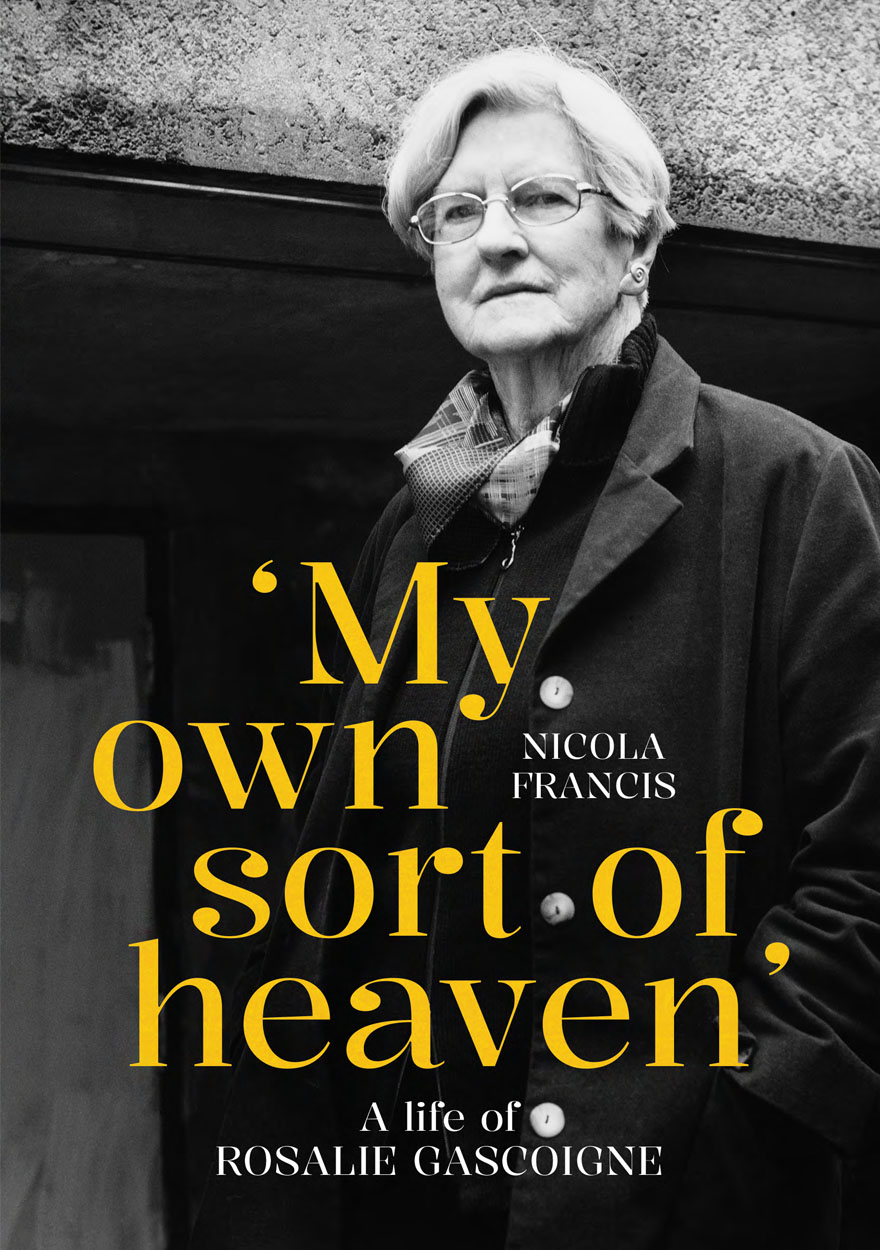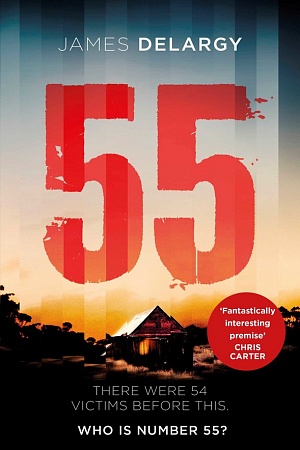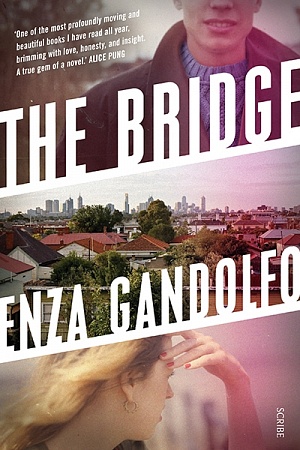The Tower
Spinifex Press, $32.95 pb, 250 pp
Life versus art
Admirers of Carol Lefevre’s earlier books, and nostalgists in general, will delight in her latest offering. Her artistic eye evokes the patina of a silvering vintage mirror reflecting societal and literary traditions. Both in tone and preoccupations, The Tower (Lefevre’s sixth book) continues traditions cast in several Australian literary classics. Familiar, too, is Lefevre’s favoured form. Several of the book’s chapters have previously been published as short stories, but Lefevre has worked them seamlessly into this novel’s overarching chronicle.
Interweaved linked stories are Lefevre’s signature style, central to earlier books, The Happiness Glass (2018) and Murmurations (2020), but so finely knitted here, that previously visible separations are smoothed over. Its tapestry of stories gradually resolves into a grand narrative showcasing a vast ensemble of characters, to deliver a fully formed novel. Many of the archetypes are familiar, both from Lefevre’s own work and the Australian canon. In the second chapter, ‘Fish’ – previously published in Overland – young Marial yearns to escape and make a name for herself as an artist, following the path established by Sybella (My Brilliant Career), then Nora (Tirra Lirra by the River), among others. Her mother, Freddie, atrophying in small-town disillusionment, conjures Irene in Kate Jenning’s Snake. Elsewhere, Elizabeth Bunting, central to the book’s spine of repeating ‘Tower’ chapters, is the fictional embodiment of real-life Stella Bowen, drawn so beautifully in Drusilla Modjeska’s Stravinsky’s Lunch.
While each her own person, these characters also typify the archetype of ‘struggling female-artist’, well established in Australian literature, usually constrained by rural, small-town life and burdens of domesticity. While somewhat confined by style, if not period, these experiences are not limited to local vintage. It’s no accident that Virginia Woolf is evoked in the book’s early pages, appearing in the visage of protagonist Dorelia’s oldest friend, Bunty, as they travel together across Europe. The book’s central concern is Dorelia’s reclamation of a ‘room of one’s own’ – her Tower – and the right to pursue artistic freedom; a common quest among Levefre’s leading characters.
Continue reading for only $10 per month. Subscribe and gain full access to Australian Book Review. Already a subscriber? Sign in. If you need assistance, feel free to contact us.












Leave a comment
If you are an ABR subscriber, you will need to sign in to post a comment.
If you have forgotten your sign in details, or if you receive an error message when trying to submit your comment, please email your comment (and the name of the article to which it relates) to ABR Comments. We will review your comment and, subject to approval, we will post it under your name.
Please note that all comments must be approved by ABR and comply with our Terms & Conditions.